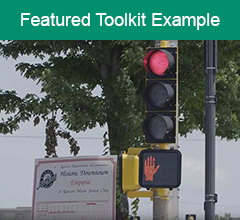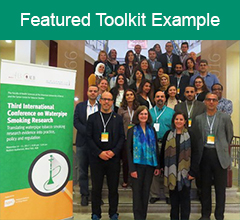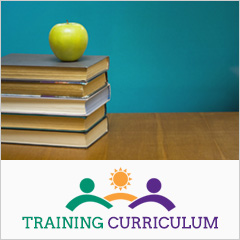This toolkit supports planning for advocacy efforts and responding to opposition.
- Research the issue by gathering background and local information about the following.
- Context
- How do people feel about the issue?
- How does the issue link or divide different segments of the community?
- Who and what influences your opponents to take their positions?
- What political forces are influencing decision-makers?
- What will it take to gain support?
- Essential Facts:
- Who is affected by the issue?
- What factors contribute to the problem or goal?
- What are the consequences (e.g., social, economic) of the issue?
- What are the barriers (political, cultural, etc.) to addressing the issue?
- What are the resources available for addressing the issue?
- What is the history of the issue in this community?
Related resources:
Overview: Getting an Advocacy Campaign Off the Ground
Developing a Plan for Advocacy
- Context
- State the broad goals and specific objectives for the advocacy effort.
- What are your broad advocacy goals (e.g., meet otherwise unmet needs; reverse or correct a situation; prevent the loss of a valued asset; change public opinion)?
- What are your specific objectives (how much of what by when)? (e.g., “By 20XX, increase by XX% the public investment in early childhood education.”)
Related resources:
Some Lessons Learned on Community Organization and Change
Systems Advocacy and Community Organizing
General Rules for Organizing for Legislative Advocacy
Proclaiming Your Dream: Developing Vision and Mission Statements
Our Model of Practice: Building Capacity for Community and Systems Change
Strategies for Community Change and Improvement: An Overview
- What are the advocacy tactics to be used? Include specific ways that you will use these four advocacy approaches:
- Conduct advocacy research (i.e., conduct surveys, gather data on public opinion, study the opposition)
- Provide education and encouragement (i.e., offer personal thanks, public support, reframe the debate)
- Conduct a direct action campaign (e.g., write letters, lobby decision makers, conduct a public hearing, organize a boycott, electronic advocacy)
- Use media advocacy (i.e., making friends with the media, creating newsworthy stories)
Related resources:
Strategies for Community Change and Improvement: An Overview
Systems Advocacy and Community Organizing
Generating and Choosing Solutions
- Review whether the selected advocacy tactics fit the group’s situation and goals (i.e., fits the group’s style, makes use of available resources and allies, minimizes opposition, is flexible, is likely to work).
- Identify resources and assets to be used in the advocacy effort. Include:
- The number and kind of people who are available and committed
- The financial resources available
- The communications technologies, facilities and other material resources available
- The information and ideas that could be helpful
- Other assets that can be used to support the effort
Related resources:
Developing a Plan for Identifying Local Needs and Resources
Identifying Community Assets and Resources
- Identify and engage potential allies. Indicate:
- Likely allies and what they could bring to the effort
- How allies might be engaged (e.g., what roles, responsibilities, rewards)
Related resources:
Recognizing Allies
Identifying Opponents
Survival Skills for Advocates
- Identify and counteract opposition. Indicate:
- Likely opponents and how they might resist or oppose the effort
- Likely purpose of the opposition (e.g., to block intended change)
- Tactics that may be used by the opposition, including The 10 D’s (i.e., deflect, delay, deny, discount, deceive, divide, dulcify or appease, discredit, destroy, and deal)
- How the opposition can be countered
Related resources:
Studying the Opposition
Overview of Opposition Tactics: Recognizing the Ten D's
How Respond to Opposition Tactics
Encouraging Involvement of Potential Opponents as well as Allies
Reframing the Debate
Handling Crises in Communication
- Describe the evaluation of the advocacy effort. State:
- The objectives of the advocacy effort
- How intended outcomes are measured
- How the information will be used to understand, assess the merit, and improve the effort
Related resources:
A Framework for Program Evaluation: A Gateway to Tools
Our Evaluation Model: Evaluating Comprehensive Community Initiatives
Gathering Information: Monitoring Your Progress
Providing Feedback to Improve the Initiative
- Develop an action plan for implementation of the advocacy effort. Indicate:
- What will be done?
- By whom?
- By when?
- Using what resources?
- Communication, who should know what
Related resources:
Developing an Action Plan







